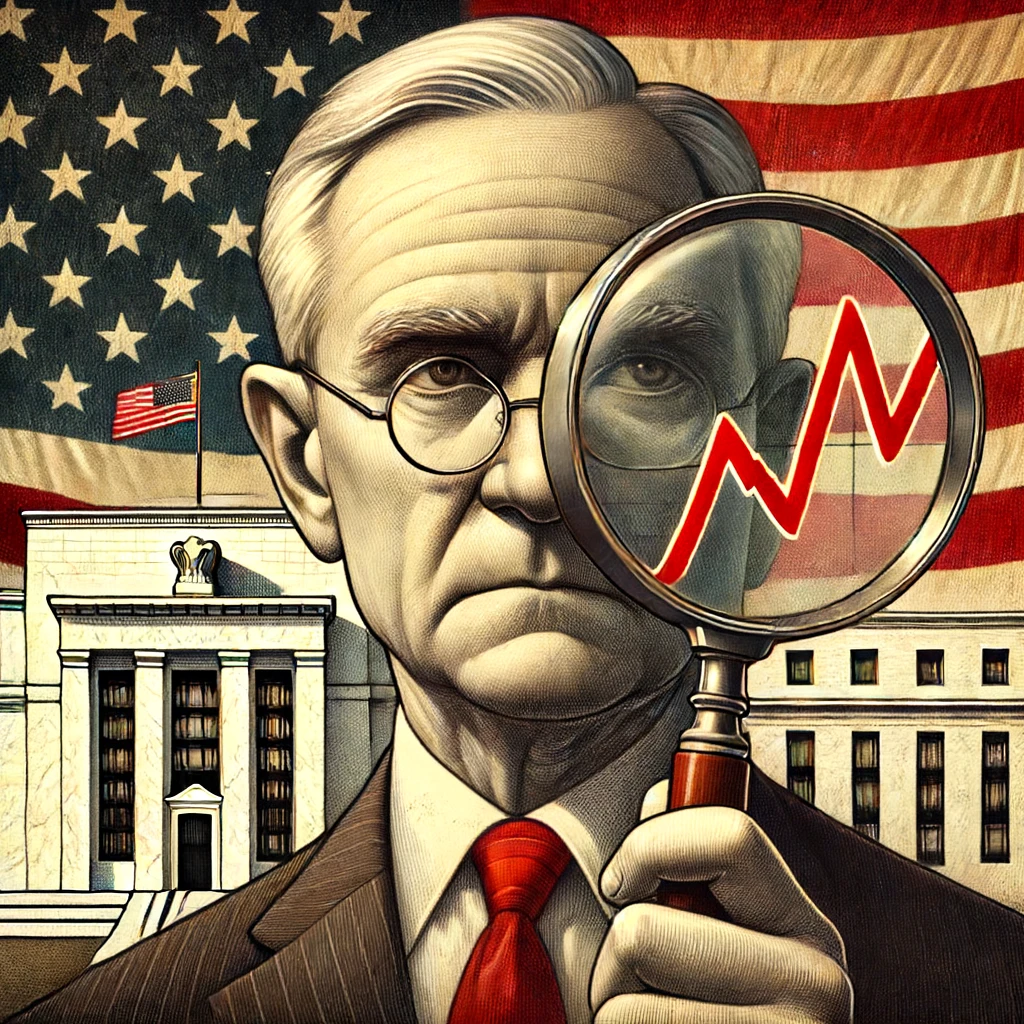Despite successfully wrestling inflation down from a staggering 7% in June 2022 to a more manageable 2.7%, the Federal Reserve remains laser-focused on achieving its elusive 2% target. This unwavering commitment, evident in their upcoming June policy meeting, raises questions about the rationale behind their seemingly stubborn stance.
Some might argue that the Fed is splitting hairs over a mere percentage point. After all, isn’t 3% inflation close enough? However, a closer look reveals a complex interplay of economic factors and public perception that underpins the central bank’s determination.
Managing Expectations: The Power of Public Perception
A critical element often overlooked is the power of public perception. A prevailing belief that inflation will hover around 3% can become a self-fulfilling prophecy. Businesses, anticipating higher costs, may preemptively raise prices, prompting workers to demand commensurate wage increases. This vicious cycle can quickly spiral out of control, making the Fed’s goal of curbing inflation even more challenging.
Current surveys, unfortunately, indicate that the public expects inflation to remain around 3% for the foreseeable future. If the Fed appears complacent with this outlook, their credibility and ability to influence these expectations could be severely undermined.
The Perils of Complacency: A Closer Look at Recent Data
Beyond managing expectations, recent inflation data reveals a worrisome trend. April’s Personal Consumption Expenditures price index remained unchanged from March, with an annualized inflation rate of 3.4% for the first quarter of 2024. Even excluding volatile food and energy prices, the “core” inflation rate remains elevated at 3.7%.
This upward trajectory, coupled with a Consumer Price Index that remains stubbornly above the Fed’s target, paints a less optimistic picture than the headline figures might suggest.
A Global Perspective: Why the Fed’s Approach Differs
It’s worth noting that the Federal Reserve’s approach diverges from that of many central banks worldwide, which have begun easing monetary policy through rate cuts. However, the Fed’s unique mandate to maintain both price stability and maximum employment, combined with the specific challenges facing the U.S. economy, necessitate a more cautious approach.
In conclusion, the Federal Reserve’s unwavering pursuit of 2% inflation is not merely an exercise in stubbornness. It’s a calculated strategy, rooted in a deep understanding of economic dynamics and the crucial role of public perception. By remaining steadfast in their commitment, the Fed aims to anchor inflation expectations, ensure long-term price stability, and ultimately foster a healthy and sustainable economic environment.


